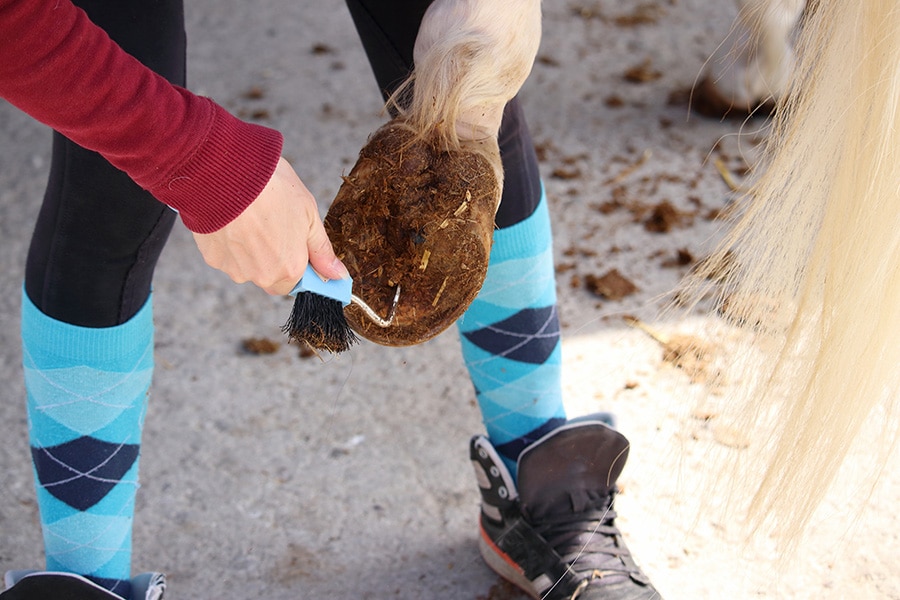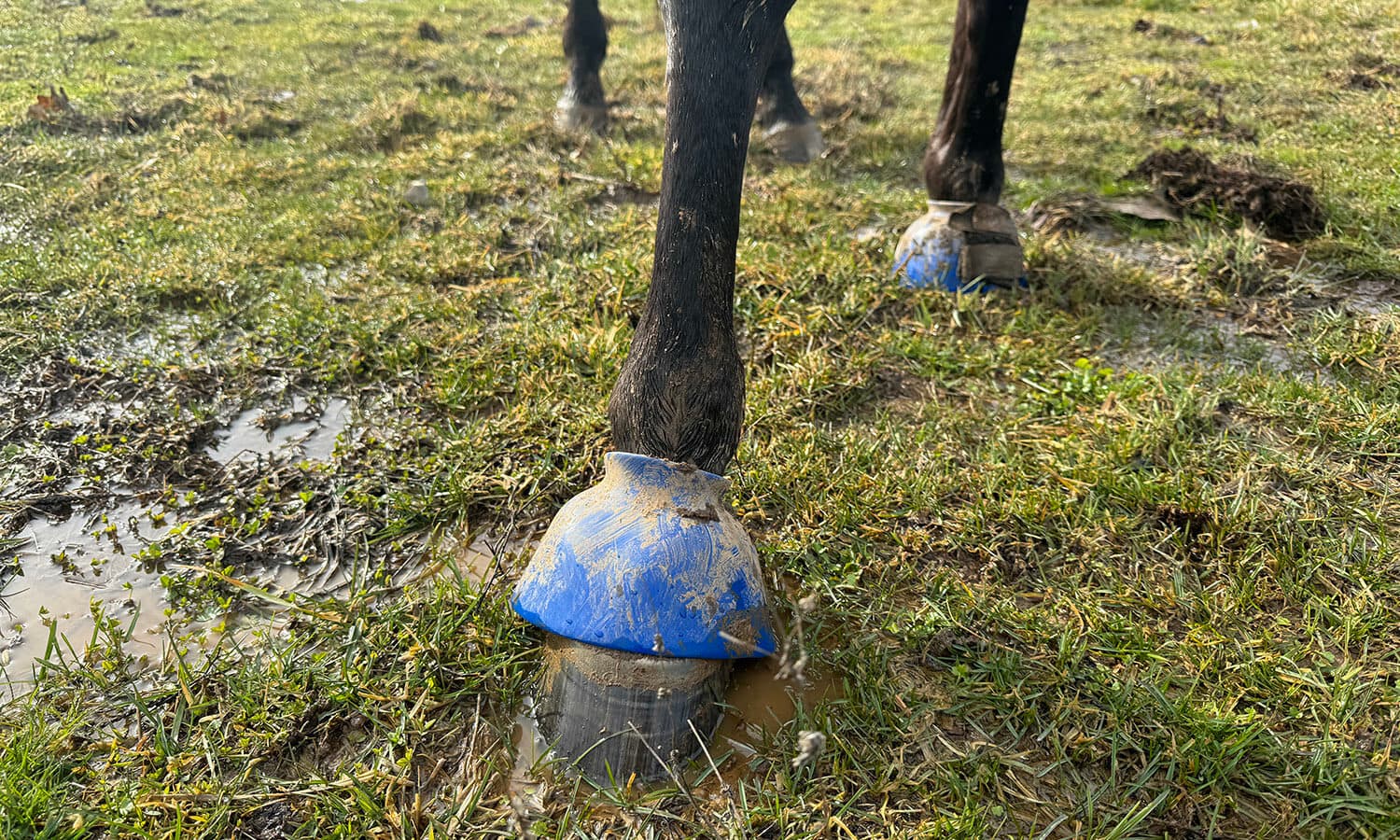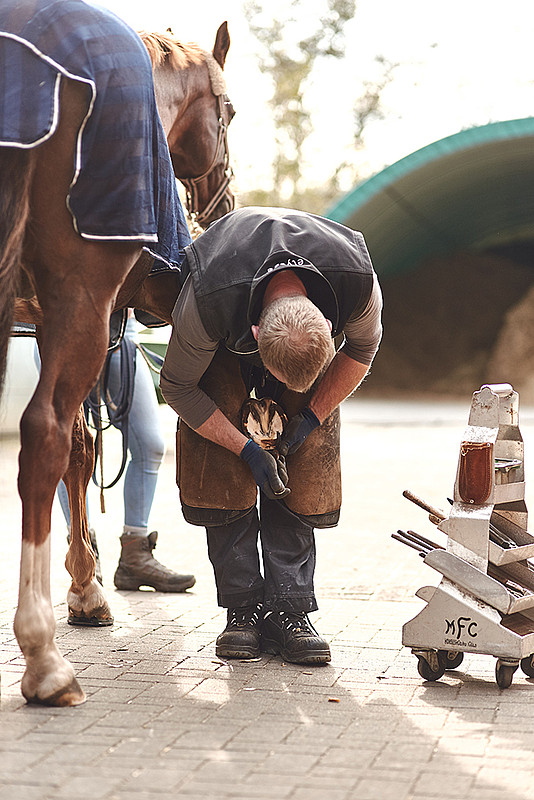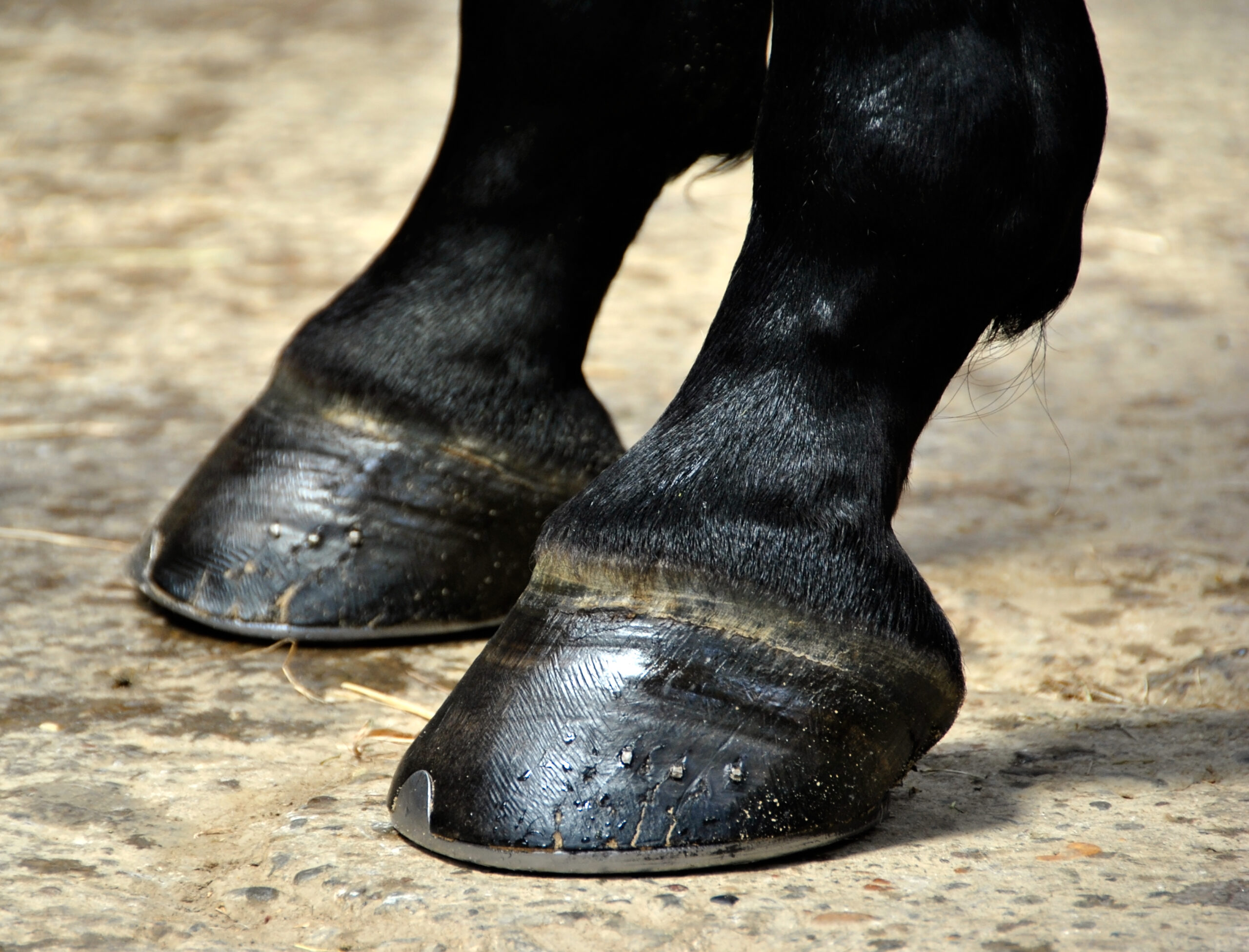How to Pick a Horse’s Hoof: A Detailed Guide

Maintaining a horse’s hoof health is crucial for its overall well-being and performance. Picking a horse’s hoof regularly helps prevent infections, discomfort, and lameness. This guide will walk you through the process, tools needed, and tips to ensure you do it safely and effectively.
Why Picking a Horse’s Hoof is Important

- Prevents Thrush and Infections: Removing dirt and debris reduces the risk of bacterial and fungal infections.
- Enhances Comfort: Clean hooves prevent stones and debris from causing pain.
- Improves Performance: Healthy hooves contribute to better movement and agility.
Tools Needed for Picking Hooves

| Tool | Purpose |
|---|---|
| Hoof Pick | To remove dirt, stones, and debris from the hoof |
| Brush | To clean the hoof surface and sole |
| Gloves (optional) | For hygiene and protection |
Step-by-Step Guide to Picking a Horse’s Hoof
- Approach Calmly: Always approach your horse calmly and speak softly to avoid startling it.
- Secure the Horse: Use a halter and lead rope to keep the horse steady.
- Position Yourself Safely: Stand beside the horse’s shoulder facing its tail.
- Lift the Hoof: Gently squeeze the horse’s leg just above the fetlock and lift the hoof.
- Use the Hoof Pick: Start at the heel and work towards the toe, removing all dirt, stones, and debris.
- Brush the Hoof: Use a stiff brush to clean the sole and frog area.
- Inspect the Hoof: Check for cracks, thrush, or any abnormalities.
- Lower the Hoof Gently: Place the hoof back on the ground carefully.
Common Issues to Look For
- Thrush: A foul-smelling bacterial infection in the frog area.
- Cracks or Chips: Signs of damage that may require farrier attention.
- Abscesses: Swelling or heat indicating infection.
FAQ
Q1: How often should I pick my horse’s hooves?
A: Ideally, hooves should be picked daily, especially after riding or turnout.
Q2: Can I pick a horse’s hoof alone?
A: Yes, but ensure the horse is calm and secure to avoid injury.
Q3: What if my horse resists hoof picking?
A: Use gentle desensitization techniques and reward calm behavior.
Q4: When should I call a farrier?
A: If you notice cracks, persistent thrush, or lameness, consult a professional.
Summary
Regular hoof picking is a simple yet essential part of horse care. With the right tools and techniques, you can keep your horse comfortable and healthy, preventing many common hoof problems.
By following this guide, you’ll ensure your horse’s hooves remain in top condition, supporting its health and performance for years to come.
